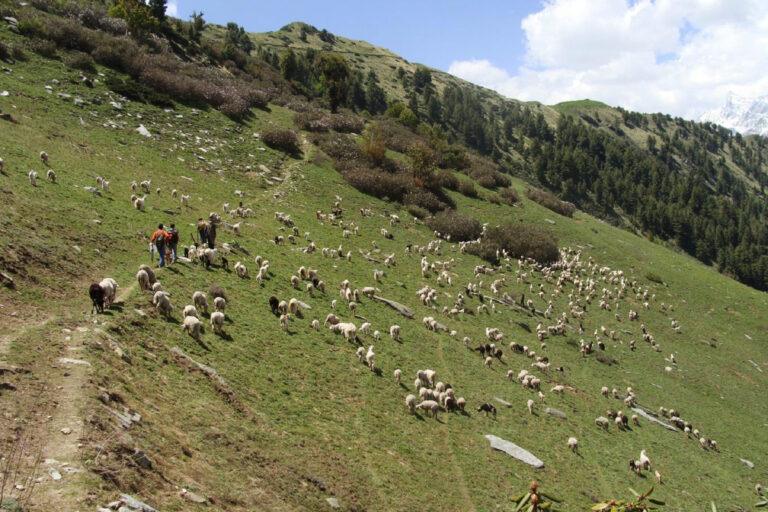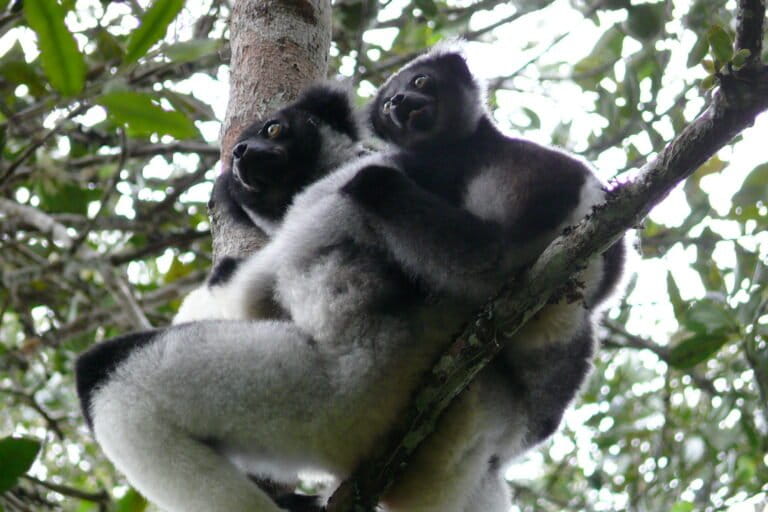This week’s environment and conservation news stories rolled into one.
To receive a weekly email with a roundup of our stories, please sign-up for our newsletter.
Subscribe to our YouTube channel to watch the latest high quality, original video stories from nature’s frontline in India.
As temperatures increase, India’s solar sector feels the heat
Repeated heatwaves and rise in temperatures can affect the efficiency of solar energy structures.
A new study reveals critical gaps in stork research; calls for scrutiny of the IUCN Red List data
Research in Asia shows that storks are not limited to protected areas and are increasingly utilising farmlands and semi-urban areas.
Despite Chamba order, stopping plantation on migratory routes of pastoralists in Himachal still a long journey
While the local pastoralists welcomed the order, they say that an order by just one circle cannot solve the widespread problem.
[Commentary] Living off the grid in India’s southernmost district
Do you plan to install a rooftop solar energy system at your home? Here’s what you need to know before going off the grid.
NTPC should acquire stranded coal power plants rather than build new ones, recommends report
Acquiring stranded thermal plants will help NTPC meet India’s short-term energy security needs, finds the latest IEEFA report.
Facing space and resource crunch, North East states to build new shelters for seized wildlife
Mizoram is one of the worst affected as the state’s Aizawl Zoo is overflowing with seized exotic animals.
[Commentary] ‘Rescuing’ camels not a solution; Rajasthan needs sanctuaries for its state animal
Camel sanctuaries would serve as biodiversity hotspots and conserve other native drought-adapted animal and plant species as well.
India’s potential to address water scarcity through wastewater treatment and reuse
India has the potential to treat and reuse 80% of the wastewater generated, for non-potable purposes, thereby also improving water security.
Researchers release data set detailing locations and scale of mining sites worldwide
Nearly 10% of the mining sites fell inside protected areas such as national parks and Ramsar wetlands.
India’s renewable capacity estimated to increase, while reliance on coal to continue
Experts say that coal power remains a stop-gap arrangement to deal with peak load and intermittency from renewable resources.










